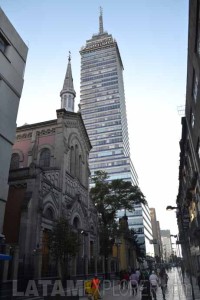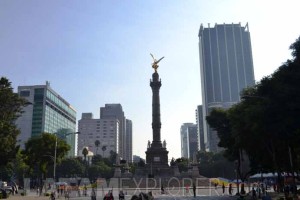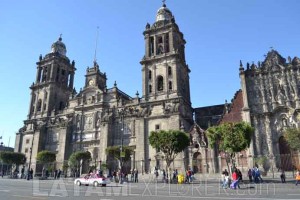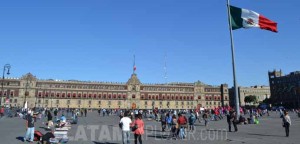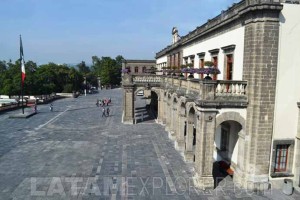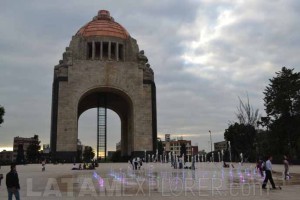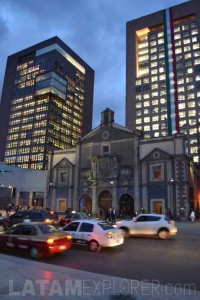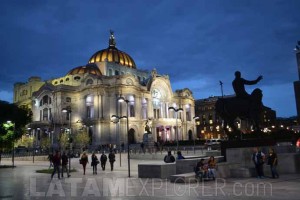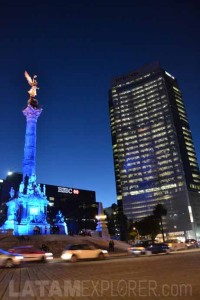Home > Destinations > Mexico > Mexico City (part 1)
Mexico City, Mexico
Part 1 - The essencials of the national capital
Mexico City is the capital and largest city, besides being the main economic, cultural and academic center of the country. Founded in 1325 as Tenochtitlan by the Mexica people, who were part of the Aztec Empire, the city was conquered by the Spaniards, leaded by Hernan Cortes, between 1519 and 1521 and converted into capital of New Spain. Following Mexico’s independence in 1821, it became the national capital. Today, the city is formed by 16 delegations that comprise a population of 8.9 million people. Together with another 41 municipalities from the states of Mexico and Hidalgo, Mexico City forms the largest metropolitan region outside Asia, with almost 22 million inhabitants.
Mexico City International Airport is the second busiest in Latin America and is very well connected to the rest of the continent, besides offering flights to European and Asian destinations. Moreover, the city’s four bus terminals connect Mexico City to all Mexican states and a few international destinations through a comprehensive road network.
Located 2,200m (7,200ft) above sea level, on Mexico Valley, the national capital has an annual average temperature between 12°C and 16°C (53°F and 61°F), with very rare instances when it would fall below 38°F or rise above 86°F. Rains are more frequent between May and October when the city, built over a former lake bed, suffers with common floods.
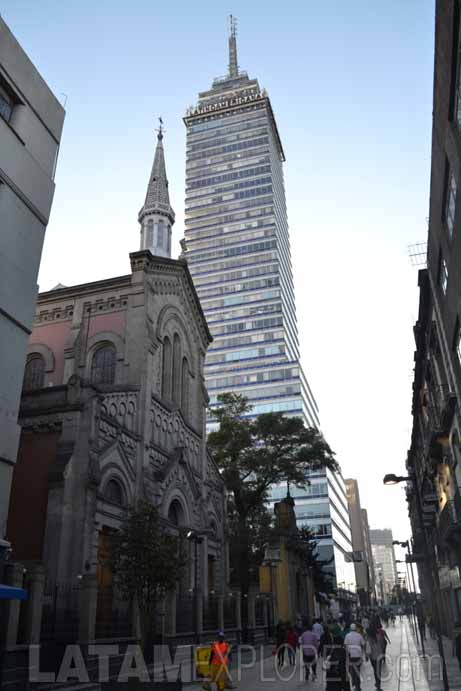
For the average tourist, Mexico City’s main attractions are focused on a relatively small area around a circuit that, starting at the Zocalo, continues west for around 2km (1.2mi) until reaching the Paseo de la Reforma, and then follows this avenue for another 4.5km (2.8mi) until the Chapultepec Park (Bosque de Chapultepec).
The city’s historic center coincides with the ancient center of Tenochtitlan and comprises more than two thousand architecturally relevant colonial buildings, besides an important archeological zone – this whole area was deservedly declared a World Heritage Site by UNESCO. The city’s heart beat stronger at the Zocalo, an open space surrounded by the old city hall, the National Palace and the cathedral.
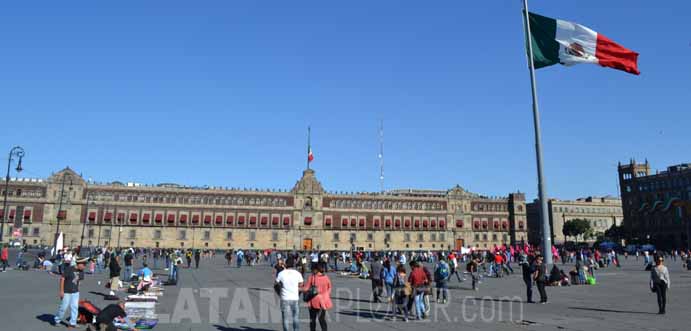
The National Palace is a building more than 300 years old that houses the federal executive power, besides an excellent museum highlighting the role of Benito Juarez in consolidating the Mexican republic and a few other interesting exhibitions. The murals painted by Diego Rivera, found on the main staircase hall of the palace are especially noteworthy.
The Metropolitan Cathedral, built between the 16th and 18th centuries is considered one of the most beautiful churches in the Americas. Its main features are the Altar of the Kings, the Choir and the Sacristy. In one of the corners of the Zocalo, between the cathedral and the National Palace, the remains of the Templo Mayor welcome visitors to walk through well marked pathways through this important Aztec ceremonial center devoted to the gods of war and rain and agriculture. The same complex also houses a very good site museum, where part of the excavated findings is exhibited.
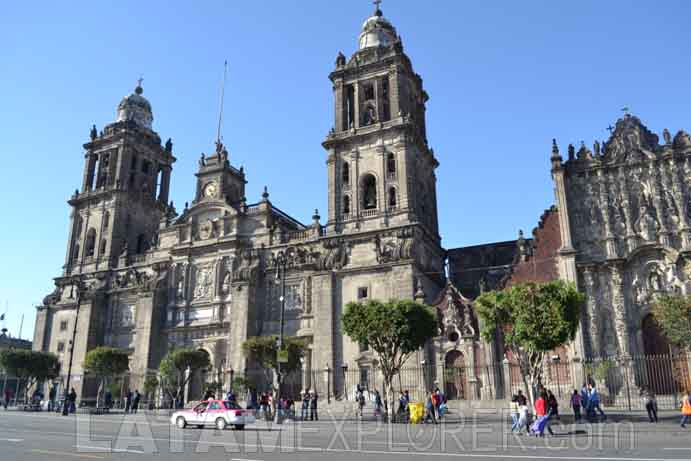
Still in the historic center, following west through Madero street you will find the Palace of Fine Arts, an art noveau and art deco building featuring murals from Tamayo, Rivera and Orozco, that serves as stage for some of the most important cultural events of the country. It is also the home of Mexico’s Folkloric Ballet. Right next to it lies the Post Office Palace, with its nice staircases and several architectonic influences. Nearby, the Latin American Tower was the city’s first true sky-scrapper and features a panoramic viewpoint standing 185m (605ft) above the city center. Just a few blocks north, going through a rather unfriendly neighborhood, Garibaldi Square offers several bars and restaurants and is one of the best places to find Mariachis.
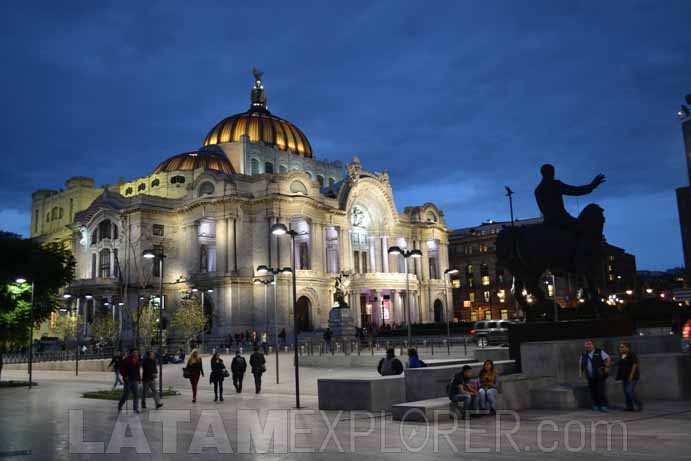
Back to the Fine Arts Palace or the Latin American Tower, a much more pleasant walk takes you west following Juarez Avenue, through Alameda Central. Crossing Paseo de la Reforma, you will arrive at the Revolution Monument, one of the most renowned buildings in the entire city. Once there, it is possible to take the elevator to a viewpoint from where great 360° panoramas of the city will be waiting for you. Both the monument and the fountain in front of it are particularly well illuminated at night.
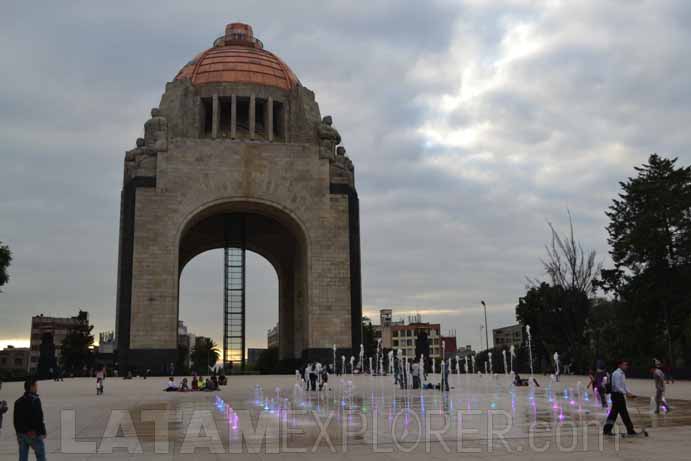
Returning to Paseo de la Reforma, one of the main avenues crossing the city, it is now time to follow southwest to Zona Rosa, a bohemian neighborhood offering lots of cafes, restaurants and night time entertainment, all among modern corporate buildings. Here is where the most iconic symbol of Mexico City is to be found: the Angel of Independence, a column 36m (118ft) tall crowned by a golden angel, which stands guard there since 1910. A few blocks from there, following west through Paseo de la Reforma, you will spot two of the tallest buildings in Mexico: Torre Mayor (225m / 738ft) and Torre Reforma (244m / 800ft), one next to the other.
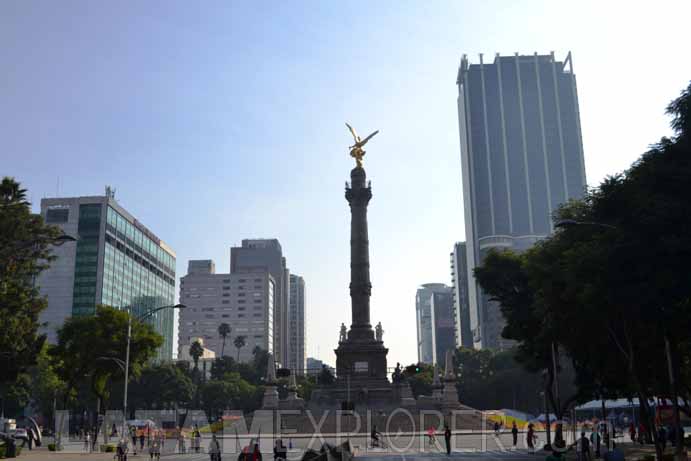
Chapultepec Park, just a stone throw away from these buildings, was a recreational place for the royal Aztec family back in the day and is, nowadays, one of the largest urban parks in Latin America, featuring several leisure options: there are nature pathways, lakes, museums and theaters, besides an amusement park and a zoo. One of the key highlights of the park is the National Museum of History, located in the Chapultepec Castle, a palace built in the 18th century as the summer residence of the Viceroy of New Spain and converted multiple times into military academy, residence of the Emperor Maximilian, presidential residence and finally a museum. It features excellent furniture, clothing and jewelry exhibits, besides a manicured garden and a beautiful view of the city.
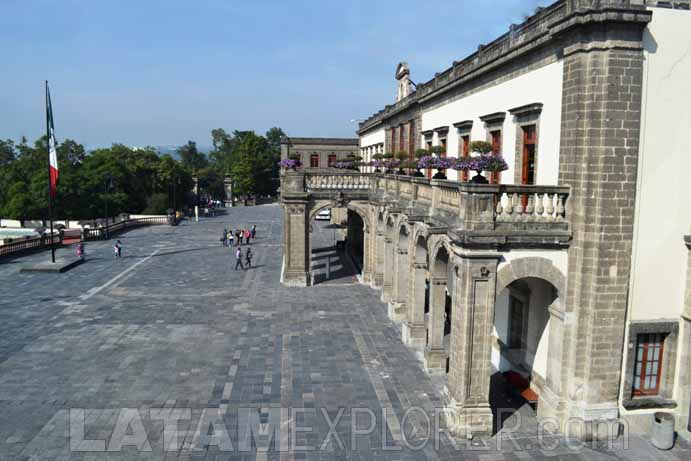
Still within Chapultepec Park, the National Museum of Anthropology is considered by many people one of the best museum in the entire world. Its exhibits are focused towards displaying pre-Columbian objects originating everywhere in the country. This is a large museum with a comprehensive collection which deserves a reasonable amount of time to be enjoyed.
This article reviewed some of the main highlights found in Mexico City’s central area. It is time to discover what the Mexican capital has to offer beyond the essentials: click here to continue.
